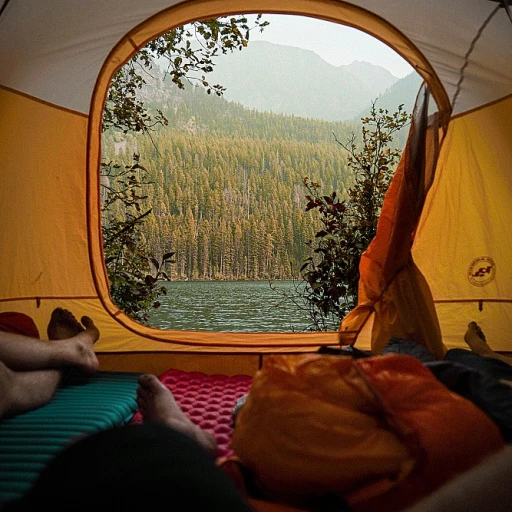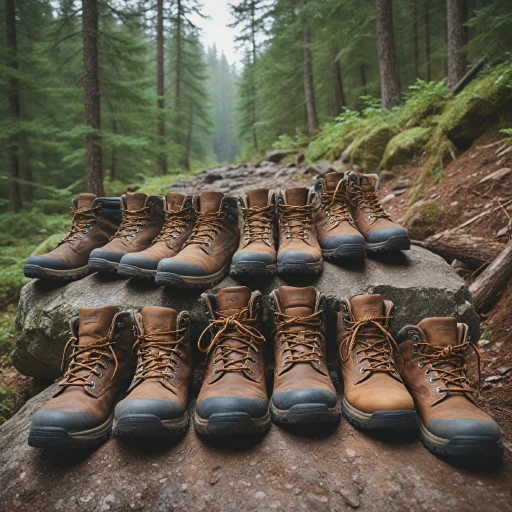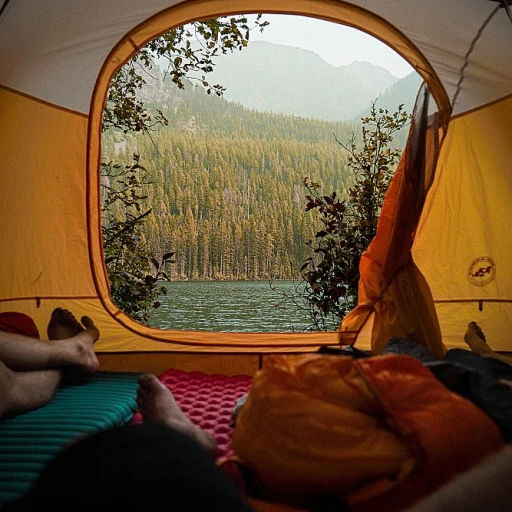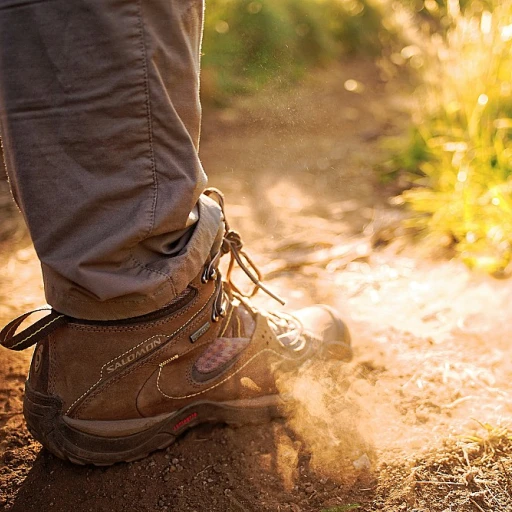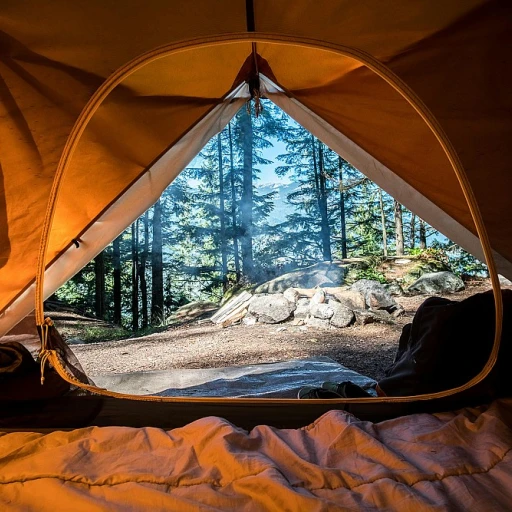
Understanding the Importance of Proper Hiking Attire
Understanding the Role of Reliable Hiking Attire
When embarking on a trail adventure, choosing the right hiking outfit becomes an essential component of your overall hiking experience. Not only does proper hiking attire provide necessary protection, but it also enhances comfort and performance.
Wearing the right garments during a hike is crucial due to varying weather and trail conditions. Imagine a brisk morning, slowly giving way to the beating sun around noon before surprising you with an unexpected shower. Therefore, layering is essential. A base layer made of merino wool is perfect for its moisture-wicking properties. This keeps sweat at bay while ensuring you remain dry and comfortable regardless of the workout intensity.
Your hiking pants should be lightweight, breathable, and often water-resistant to handle unpredictable rain showers. For those sunny summer hikes, shorts can offer relief, but never forget your long sleeve tops for necessary sun protection and an added layer when the temperatures drop.
When it comes to outer layers, a breathable jacket, such as an Arc'teryx, serves as reliable protection against cool winds and rain. Always opt for a rain jacket that is quick drying, so you’re prepared for any sudden changes in weather conditions.
Additionally, both men and women should prioritize investing in hiking boots that complement their chosen gear. These boots are an invaluable part of your hiking outfit, offering crucial support and stability on uneven terrains.
Effective hiking attire extends beyond mere clothing; it encompasses the intricate art of preparation, ensuring every adventure is flawless irrespective of how long the journey is. By understanding and selecting the right clothing and equipment, hiking becomes not just an activity, but a skillful exploration of nature's breathtaking trails.
The Anatomy of a Hiking Boot
The Elements That Make Up a Sturdy Hiking Boot
Understanding the structure of a hiking boot is vital for both seasoned mountaineers and summer hiking enthusiasts. Unlike regular footwear, hiking boots are designed to provide protection, support, and longevity on rugged trails. Hiking boots are generally built with several key components:- Upper Material: Made from leather, synthetic materials, or a combination, the upper part of the boot offers durability and flexibility. Look for breathable yet water-resistant materials that provide comfort in various weather conditions.
- Midsole: This layer, found between the insole and outsole, provides cushioning and determines the foot's stability on uneven surfaces. Materials like EVA (ethylene vinyl acetate) or polyurethane are commonly used.
- Outsole: Often made of rubber, the outsole ensures traction and grip on slippery or rocky trails. The tread pattern and lug depth are crucial for performance.
- Shank: A supportive piece between the boot's midsole and outsole, the shank adds firmness and helps maintain the shoe's overall shape. This is critical in enhancing stability during long hikes.
- Lacing System: Proper lacing ensures a secure fit to prevent blisters and injuries. Quick lace and traditional eyelet designs cater to different preferences.
Choosing the Right Hiking Boots for Your Adventure
Finding Your Perfect Pair: Selecting Hiking Boots for Every Terrain
Choosing the right hiking boots can make or break your adventure, as they are a critical component of your hiking outfit. The myriad of options available can be overwhelming, but understanding the key factors can help you make a wise choice.
- Type of Hiking: Consider the nature of your hikes. Will you be exploring easy trails or tackling challenging terrains? Lightweight hiking boots are ideal for short, gentle hikes, while robust boots with excellent support are better for rugged terrains.
- Weather Conditions: Hiking in varied weather conditions demands boots that can withstand both the sun and rain. Opt for boots that are water-resistant and offer sun protection. Breathable materials like merino wool and moisture-wicking fabrics ensure comfort in summer heat.
- Boot Fit and Comfort: A good fit is essential. Test the boots by wearing the same type of socks you’d exert on your hike. Ensure enough space for toe movement and avoid areas where rubbing or pressure occurs.
- Additional Gear: Pair your boots with appropriate hiking attire like pants or shorts designed for breathability and protection, a rain jacket for sudden weather changes, and layers such as a quick-drying mid layer or long sleeve base layer for temperature regulation.
- Gender-Specific Designs: Remember that there are specific designs for men and women that account for anatomical differences, ensuring better fit and comfort.
In summary, selecting the right hiking boots involves considering several factors such as type of hike, weather conditions, and fit. By understanding your unique needs, you can find boots that complement your entire hiking gear, which not only enhance comfort but also elevate your hiking experience.
Breaking in Your Hiking Boots: Tips and Tricks
Getting Your Feet Comfortable with New Boots
Breaking in hiking boots is a crucial step before embarking on any challenging trail. Whether your adventure involves summer hiking or tackling varying weather conditions, ensuring your boots are comfortable is key to avoiding blisters and discomfort. Start by wearing your boots at home for short periods, gradually increasing the duration. This allows the material to adapt and mold to the shape of your feet.The Art of Layering Socks
Choosing the right socks can significantly enhance your comfort. Opt for moisture-wicking materials like merino wool to keep your feet dry and prevent blisters. During summer hikes, lightweight breathable socks are a great choice, while cooler weather might call for a thicker base layer. The idea is similar to dressing in multiple layers for your hiking outfit – wearing appropriate hiking attire ensures comfort and protection.Short Discomfort for Long-Term Benefit
Be patient. Initial discomfort is common when breaking in new boots. To ease this process, consider walking on varied terrain, transitioning from flat surfaces to more grueling trails. This prepares your boots for real hiking conditions, resembling your regular hiking gear preparation. Incorporating stops to adjust laces will help you achieve a snug fit better suited to your foot's natural movements.Treat Your Boots Like You Would Your Hike
Like layering for different weather conditions with sun protection gear or rain jackets, breaking in boots requires attention to detail. Invest time and effort now to ensure comfort during your hike. With careful preparation and the right hiking boots, you can focus more on enjoying your outdoor pursuits and less on your feet, paving the way for memorable adventures.Maintaining and Caring for Your Hiking Boots
Protecting Your Investment: Proper Hiking Boot Care
Maintaining your hiking boots is essential for maximizing their performance and durability, ensuring they're ready for any trail adventure. Proper care also helps extend the lifespan of your boots, keeping them comfortable and functional through countless hikes. Here are some key tips to maintain your hiking boots effectively:
- Regular Cleaning: After each hike, it's important to remove dirt and debris from your boots. Use a soft brush or cloth to clean the surface gently. For stubborn stains, mild soap and warm water can be applied. Avoid using harsh chemicals as they may damage the material.
- Dried Thoroughly: Wet boots can lead to unpleasant odors and degrade the materials over time. Ensure you dry them thoroughly after each use by removing the insoles and laces. Avoid direct sunlight or high heat sources, as these can cause the materials to crack or shrink.
- Waterproofing Treatment: Although many hiking boots come with a water resistant finish, frequent exposure to water and weather conditions can wear down this feature. Regular application of a waterproofing spray or treatment suitable for your boot material can maintain their resistance to the elements.
- Proper Storage: When not in use, store your hiking boots in a cool, dry place away from direct sunlight. Proper storage helps maintain shape and prevents moisture build-up, which is especially important during long-term storage.
Using hiking boots that are well-maintained ensures you stay comfortable and protected during your outdoor adventures. Whether you're facing unpredictable weather or traversing rocky trails, your gear's longevity ultimately depends on how well you care for it. This care routine, combined with thoughtful selection of other hiking attire like merino wool layers and moisture wicking clothing, guarantees a more enjoyable experience on the trail.



